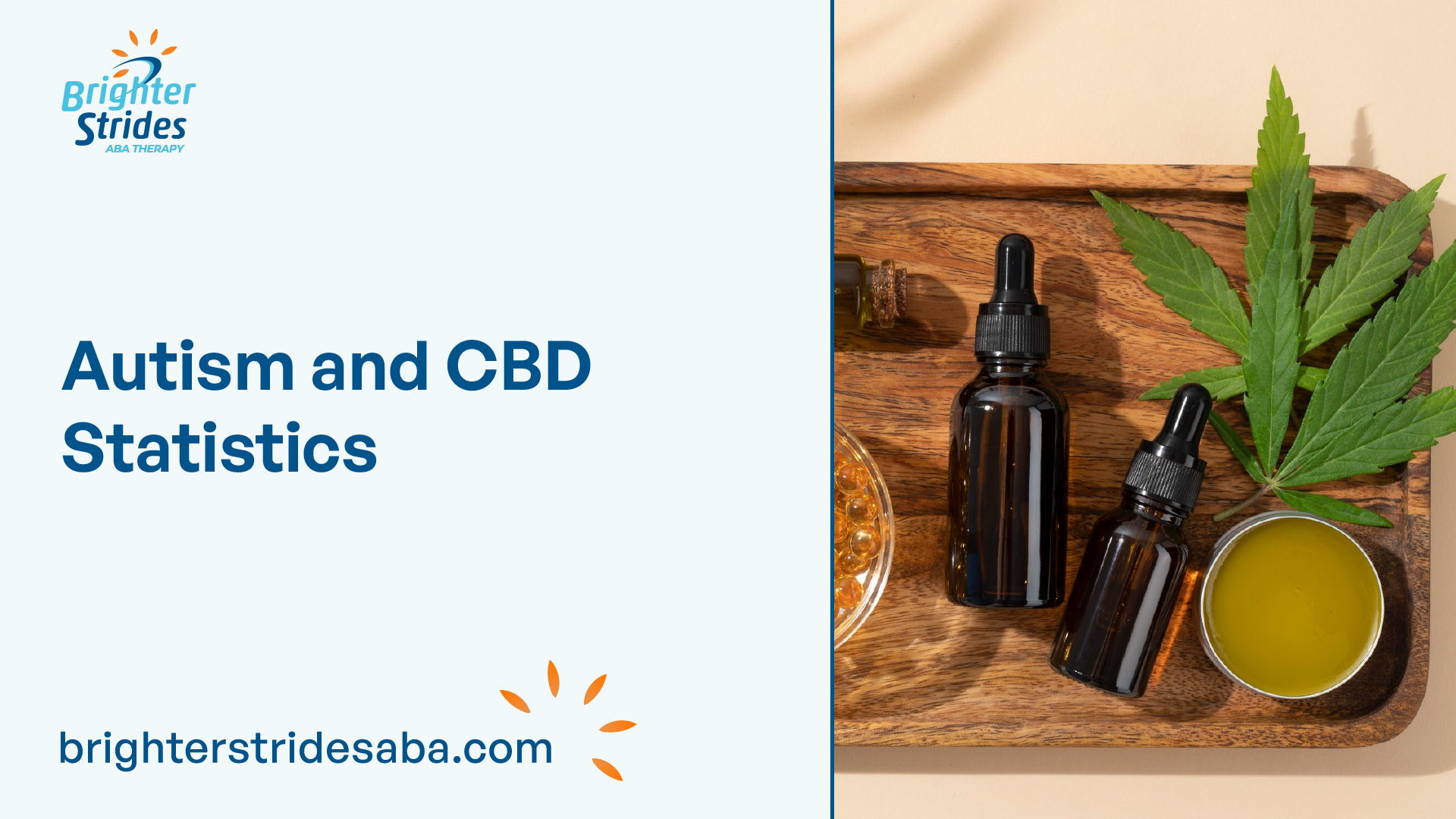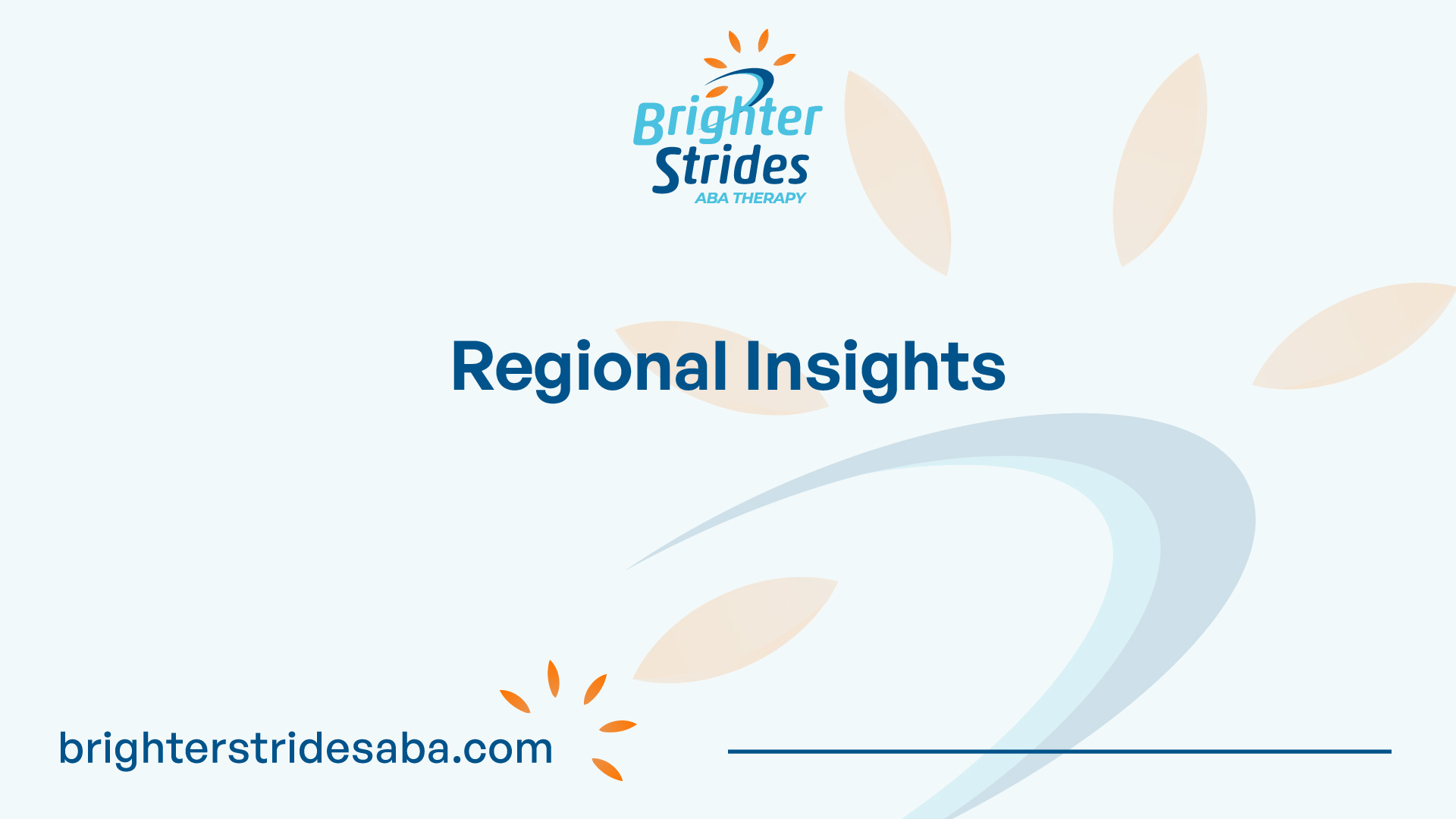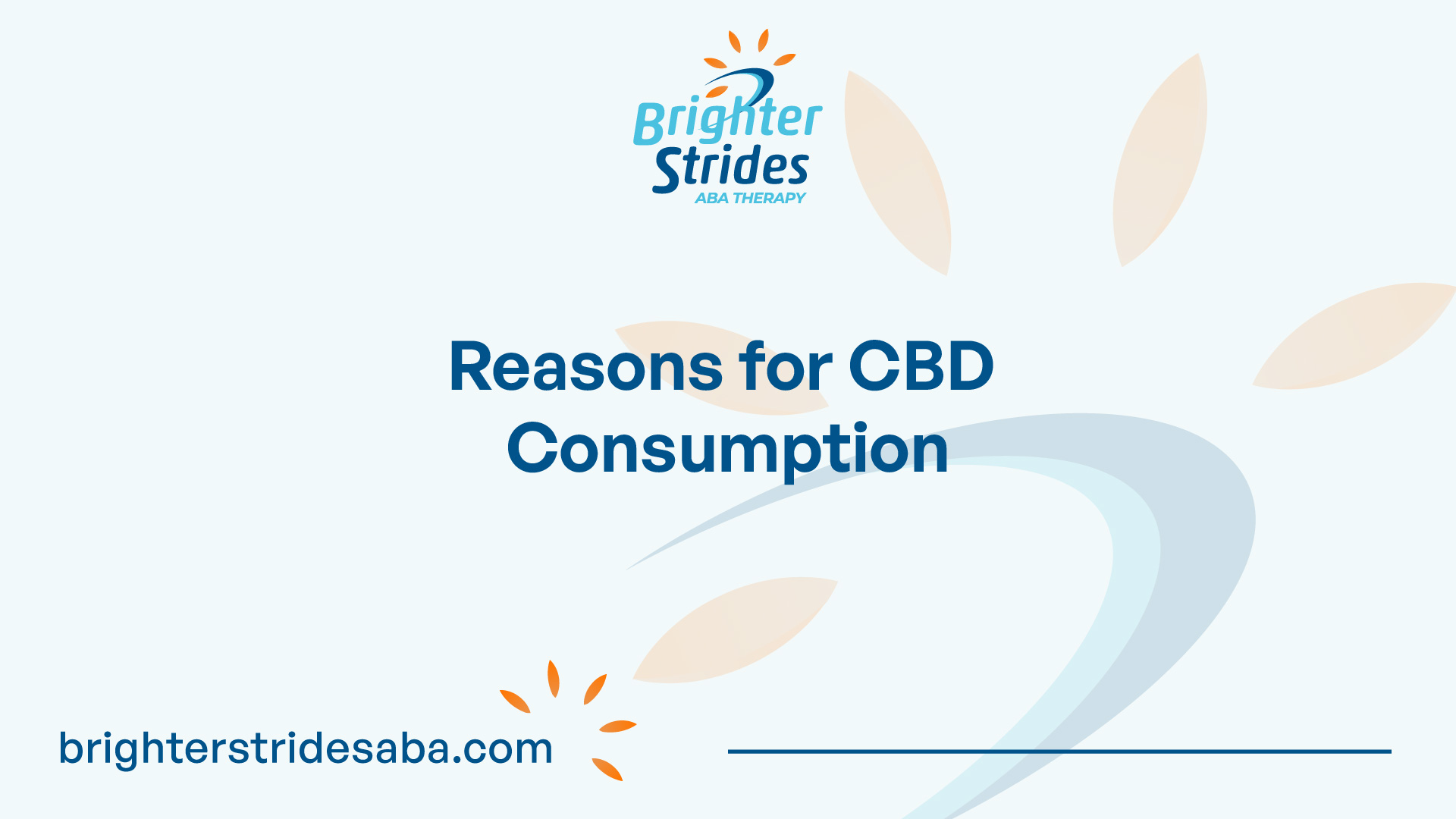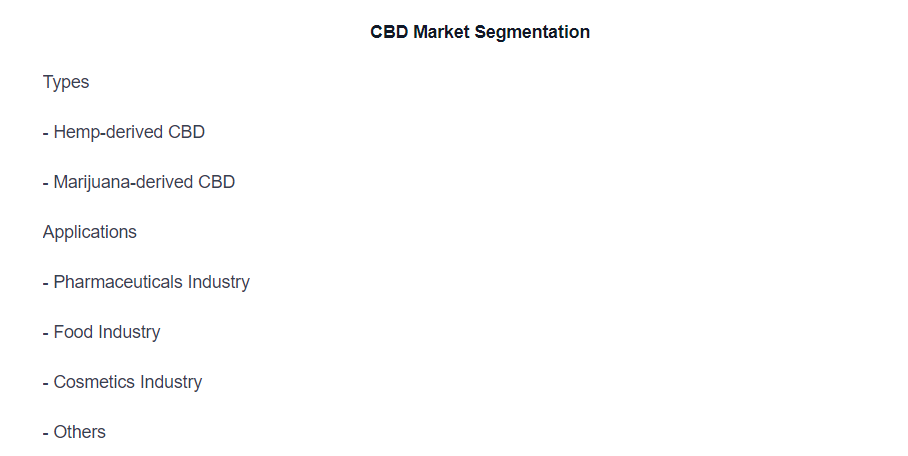CBD Usage Statistics
Understanding the usage trends and patterns surrounding CBD (cannabidiol) is crucial in exploring its potential benefits and impact on various demographics. In this section, we will delve into the current CBD consumption trends and gender disparities in CBD use.

Top 10 CBD Statistics
- The global CBD market is projected to reach $47.22 billion by 2028, growing at a CAGR of 21.3% from 2021 to 2028.
- In 2020, 33% of American adults reported using CBD products at least once.
- CBD sales in the U.S. are expected to surpass $20 billion by 2024.
- Approximately 64% of CBD users consume it for pain relief and inflammation.
- The CBD pet product market is estimated to grow at a CAGR of 40.3% from 2020 to 2027.
- 48% of millennials use CBD products for anxiety and stress relief.
- The CBD skincare market is projected to reach $1.7 billion by 2025.
- 26% of CBD users report improved sleep quality.
- In 2020, there were over 3,000 CBD brands in the U.S. market.
- 40% of CBD users have replaced traditional medications with CBD products.
Current CBD Consumption Trends
As of 2022, approximately 26% of Americans have reported using CBD products. This indicates a significant increase in CBD usage, reflecting the growing interest in its potential therapeutic properties.
When examining age-related consumption trends, younger Americans and those in the Western United States are the most likely users of CBD products. In contrast, CBD usage tends to decrease with age, with only 8% of individuals aged 65 and older reporting CBD use [2].
Gender Disparities in CBD Use
CBD consumption patterns also reveal notable gender disparities. According to research, 21% of American men have tried CBD, while only 16% of American women have done the same. Additionally, 10% of men use CBD regularly, compared to only 4% of women.
However, it is important to note that despite these differences, men and women report using CBD similarly, according to the Forbes Health Survey.
Understanding these consumption trends and gender disparities in CBD use provides insights into the diverse landscape of CBD consumption. As more research and information become available, these statistics may continue to evolve, shaping the future of CBD usage and its potential benefits for various demographics.
To further explore the topic of CBD, you may want to read about the leading states in CBD consumption and the overall growth of the global CBD market in the following sections.
Regional Insights
When exploring the world of CBD and its connection to autism, it’s important to consider regional insights. This section focuses on two key aspects: the leading states in CBD consumption and the global growth of the CBD market.

Leading States in CBD Consumption
In the United States, CBD consumption has gained significant popularity. In 2019, California emerged as the leading state in CBD consumption, with CBD sales reaching an impressive $730 million. Following closely behind were Florida and New York, with CBD sales of $291 million and $215 million, respectively.
Understanding the leading states in CBD consumption provides valuable insights into the demand for CBD products and the potential impact they may have on individuals with autism. It also reflects the growing acceptance and use of CBD as a potential therapeutic option.
Global CBD Market Growth
The growth of the global CBD market has been remarkable in recent years. In 2021, the global CBD market was valued at USD 12.8 billion. It is projected to experience a compound annual growth rate (CAGR) of 21.7% between 2022 and 2028 [4]. The North America CBD market, specifically in the U.S., held a significant share of the global market, valued at USD 7.7 billion in 2021.
The increasing interest in CBD products, including those used by individuals with autism, has fueled this growth. As more research is conducted and awareness spreads, the global CBD market is expected to continue expanding.
It’s worth noting that the CBD market is expected to reach a market size of USD 15978.16 million by 2028, with a projected compound annual growth rate (CAGR) of 18.36% during the forecast period [5]. This indicates the immense potential for the CBD industry to continue evolving and providing accessible options for individuals seeking alternative remedies.
Understanding the regional insights and the growth of the global CBD market allows us to grasp the scale and impact of CBD consumption on a larger scale. These insights contribute to the overall understanding of how CBD usage intersects with autism and its potential benefits.
Reasons for CBD Consumption
Understanding the motivations behind CBD consumption is crucial in comprehending its growing popularity and potential benefits for various conditions. In this section, we will explore the primary motivations for CBD use and any age group variances in CBD usage.

Primary Motivations for CBD Use
CBD has gained significant attention for its potential therapeutic properties. According to Cross River Therapy, 64% of Americans use CBD for pain relief, making it the most common reason for consumption. Additionally, 49% of users reported using CBD for anxiety and stress reduction, while 42% use it for sleep and insomnia issues. These figures highlight the potential versatility of CBD in addressing various health concerns.
A Gallup poll also revealed that the top reasons cited by CBD users in the U.S. for using CBD products are pain relief (40%), anxiety (20%), insomnia (11%), and arthritis (8%). It’s important to note that the motivations for CBD use can vary among individuals, and some may use CBD for multiple purposes simultaneously.
Age Group Variances in CBD Usage
While pain relief remains the primary motivation across different age groups, there are some variances in CBD usage. According to the same Gallup poll, women are more likely to use CBD for anxiety, while men are more likely to use it for sleep issues.
Older Americans may particularly benefit from CBD products for age-related aches and pains. As the FDA continues to research the uses and effectiveness of CBD products, its potential benefits for older individuals are gaining recognition. This demographic may find CBD useful in managing chronic pain and age-related conditions [2].
Understanding the primary motivations for CBD use and recognizing any age group variances is essential for both consumers and researchers. As CBD continues to gain popularity, further research and regulation will provide a clearer understanding of its potential benefits and help individuals make informed decisions regarding its usage.
To learn more about the impact and growth of the CBD industry, continue reading our article on the economic impact and market landscape of CBD.
Economic Impact
The economic impact of the CBD industry has been significant, with substantial financial expenditure on CBD products and projected growth in the market.
Financial Expenditure on CBD Products
According to Cross River Therapy, over $4 billion was spent on CBD products. This expenditure demonstrates the growing consumer demand for CBD-based products. As people continue to explore the potential benefits of CBD, they are investing in various forms such as oils, tinctures, capsules, edibles, and skincare products.
Projected Growth of the CBD Industry
The CBD industry has experienced remarkable growth in recent years and is expected to continue its upward trajectory. ABTABA states that the global CBD market was valued at USD 12.8 billion in 2021 and is projected to grow at a compound annual growth rate (CAGR) of 21.7% between 2022 and 2028. By 2030, the CBD market could see sales surpassing $35 billion, as anticipated by industry leaders.
The North American market, particularly in the United States, has played a significant role in the growth of the CBD industry. In 2021, the North America CBD market was valued at USD 7.7 billion. The region’s favorable regulatory environment and increasing consumer awareness have contributed to its dominance in the global CBD market.
Furthermore, Fortune Business Insights estimates that the global CBD market size will reach USD 202.45 billion by 2032, growing at a compound annual growth rate of 43.66% during the forecast period from 2024 to 2032. The market is expected to witness substantial growth, driven by factors such as increasing legalization of cannabis products, growing acceptance of CBD for various health concerns, and expanding product offerings.
The CBD industry presents a promising economic landscape, attracting investments, creating job opportunities, and fueling innovation. As the market continues to evolve and gain mainstream acceptance, its economic impact is set to expand further.
To learn more about the CBD market segmentation and key players in the industry, refer to the next section on CBD Market Segmentation and Key Players in the CBD Market.
For more interesting and informative reads, check out our articles on Cerebral Palsy Statistics, Dementia Statistics & Facts, Physical Therapy Statistics, Hearing Loss Statistics, and Online E-learning Market Size.
Market Landscape
To gain a better understanding of the CBD industry and its market dynamics, let’s explore the CBD market segmentation and identify some key players in the market.
CBD Market Segmentation
The Cannabidiol (CBD) market is segmented based on different types and applications. In terms of types, the market is categorized into Hemp-derived CBD and Marijuana-derived CBD. The applications of CBD span across various industries, including Pharmaceuticals, Food, Cosmetics, and others.

Key Players in the CBD Market
The CBD market is home to several key players who contribute to its growth and development. These players are actively involved in the production and distribution of CBD products. Some of the notable companies in the CBD market include:
- ENDOCA
- Isodiol International, Inc.
- Medical Marijuana, Inc.
- Cannoid, LLC
- Elixinol
- Folium Biosciences
- NuLeaf Naturals, LLC
- Pharmahemp d.o.o.
These companies play a significant role in shaping the CBD market and meeting the growing demand for CBD products [6].
The CBD market is witnessing substantial growth and is expected to continue expanding in the coming years. The global CBD market size was valued at USD 5811.4 million in 2022 and is projected to reach USD 15978.16 million by 2028, growing at a compound annual growth rate (CAGR) of 18.36% during the forecast period. Additionally, the global cannabidiol market size was estimated at USD 7.71 billion in 2023 and is expected to reach USD 9.14 billion in 2024.
As the CBD market continues to evolve, it is essential to stay informed about the latest developments and trends in this industry. The market segmentation and key players mentioned here provide valuable insights into the diverse aspects of the CBD market, helping consumers make informed decisions about CBD products.
References
- https://www.crossrivertherapy.com/research/cbd-statistics
- https://news.gallup.com/poll/263147/americans-say-cbd-products.aspx
- https://www.forbes.com/health/cbd/cbd-statistics/
- https://www.abtaba.com/blog/cbd-statistics
- https://www.linkedin.com/pulse/cannabidiol-cbd-market-future-growth-developments-xwube
- https://www.grandviewresearch.com/industry-analysis/cannabidiol-cbd-market

 We've just released an article! Check out our blog!
We've just released an article! Check out our blog! 


